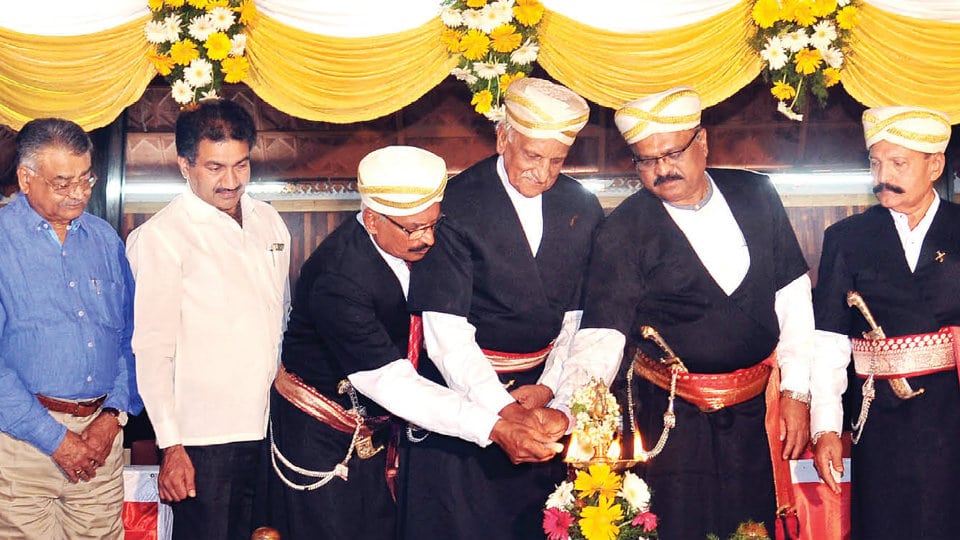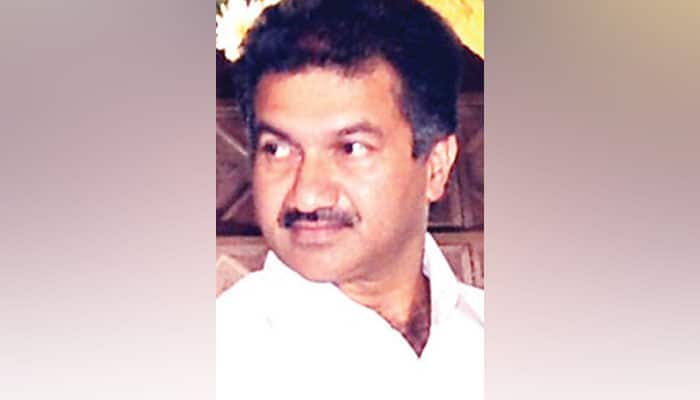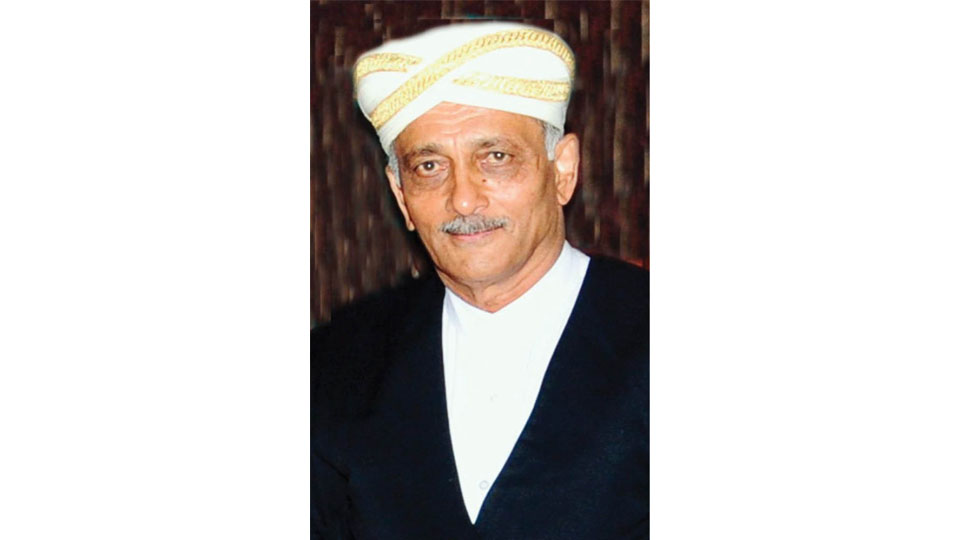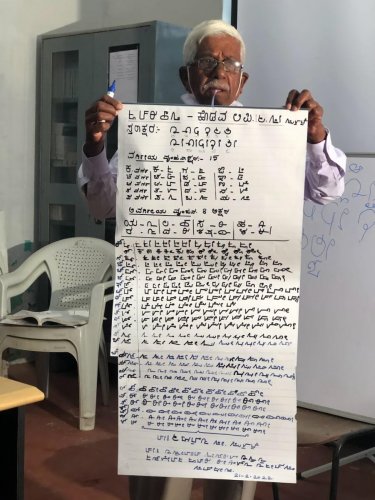
Mysuru:
Hundreds of Kodava community members assembled at the Mysuru Kodava Samaja in Vijayanagar First Stage yesterday evening to witness a unique tradition of Kodava Paithande Namme.
The event, organised by Karnataka Kodava Sahitya Academy, Madikeri and Sri Bhagavathi Kodava Association, Mysuru, was inaugurated by Maj. Gen. Codanda K. Karumbaya SM (Retd.) It was presided over by Biddatanda S. Thammaiah, the Chairman of Karnataka Kodava Sahitya Academy.
In the past, Kodava society had a practice of honouring mothers who gave birth to ten or more children and they used to be respectfully adored as a great mother. Such mothers used to be honoured in a public function ‘Mangala’ (marriage ceremony) called ‘Paithandekkalapa’ or ‘Paithande Namme.’
The age-old tradition was introduced to the audience along with the rituals practiced during Paithande Namme. According to the organisers, the event was organised to recall the traditions that are rarely practiced now or are on the verge of extinction.
Apart from Paithande Namme, traditional dances including Bolakaat, Ummathat and Kathiyat were performed. The main attraction of the evening was, however, the mock show of Narimangala (wedding of a hunted tiger), a custom unique to Kodavas where the hunter of a tiger is wedded to the soul of the animal. The ritual was performed complete with traditional dresses, swords, guns, bands and other paraphernalia.

Minority Status :
Along with these traditional performances, the event was also a platform for chief guests to speak about the welfare of Kodavas. In his inaugural address, Maj. Gen. Codanda K. Karumbaya SM (Retd.) said that the Kodava Sahitya Academy was doing good work to preserve Kodava traditions within Kodagu district and also outside.
“We Kodavas do not have facilities like reservation as we are economically and educationally forward. But it is imperative for us to obtain minority status as enshrined in the Indian Constitution,” he said and called upon the community to stay united and fight for minority status. He suggested Kodavas to have one organisation to fight for recognitions and welfare of the community.
Political Representation :
In his address, Superintendent of Police (retired), Directorate of Civil Enforcement Mysuru Aramanamada K. Suresh opined that Kodavas must have a political representation. “We are a small community and we should ensure that we have representation in the Legislative Assembly and Council. This will give the much-needed political power to the community,” he said
“As Kodavas are educationally forward, the youths must take up competitive examinations and make a place for themselves in the upper echelons of the government,” he added.
Vanishing Traditions :
Speaking on vanishing Kodava culture and traditions, Keethiyanda Kavya Kuttappa said that the unique traditional Kodava attire which people wore on all occasions earlier has become rare now. “This is because Kodavas blindly ape Western culture. Unfortunately, some Kodavas think speaking Kodava language is improper,” she said.
“Many Kodavas have migrated to cities in search of employment and they have forgotten the customs and traditions. They don’t even go to their roots in Kodagu and this is the reason why traditions are being forgotten,” she opined. In a fervent plea to parents, Kavya said that it was their responsibility to ensure that their children dress well when they attend community and public functions.
On the occasion, a book “Kodira Poomale” written by Uluvangada Cauvery Uday was released by former BBMP Corporator Kaddaniyanda Harish Bopanna and Academy Chairman Biddatanda S. Thammaiah.
A CD that was brought out in 1985 on “Kodava Baalopaat” sung by late Napanda Thimmaiah and team from Garvale village in Kodagu was released by Mysuru Kodava Samaja President Moovera K. Kuttappa. The original CD was brought out by Thammu Poovaiah and Ambika of Nada Lahari, Madikeri.
Star of Mysore Editor-in-Chief K.B. Ganapathy felicitated the President of Sri Bhagavathi Kodava Association Ballachanda D. Subbaiah. A book and CD sale was also organised.
Kodava MLA Candidate:
Concurring with Aramanamada K. Suresh on political representation to Kodavas, businessman and former BBMP Corporator Kaddaniyanda Harish Bopanna (in pic) regretted that Kodavas were dominated by other communities in Kodagu, their homeland. He appealed the community members to elect a Kodava candidate to the Assembly irrespective of the political party.

He also advised Kodavas not to sell their properties in Kodagu to others but instead sell them within the community if it is inevitable. He called upon them to support Kodava youth who have set up businesses in Kodagu and outside.
source: http://www.starofmysore.com / Star of Mysore / Home> News /July 13th, 2017





